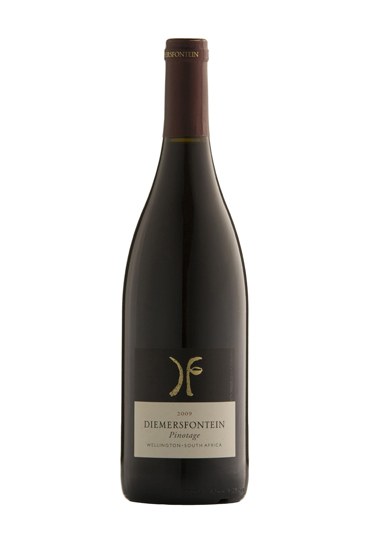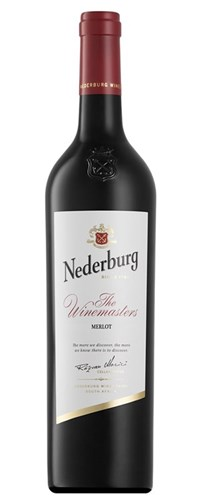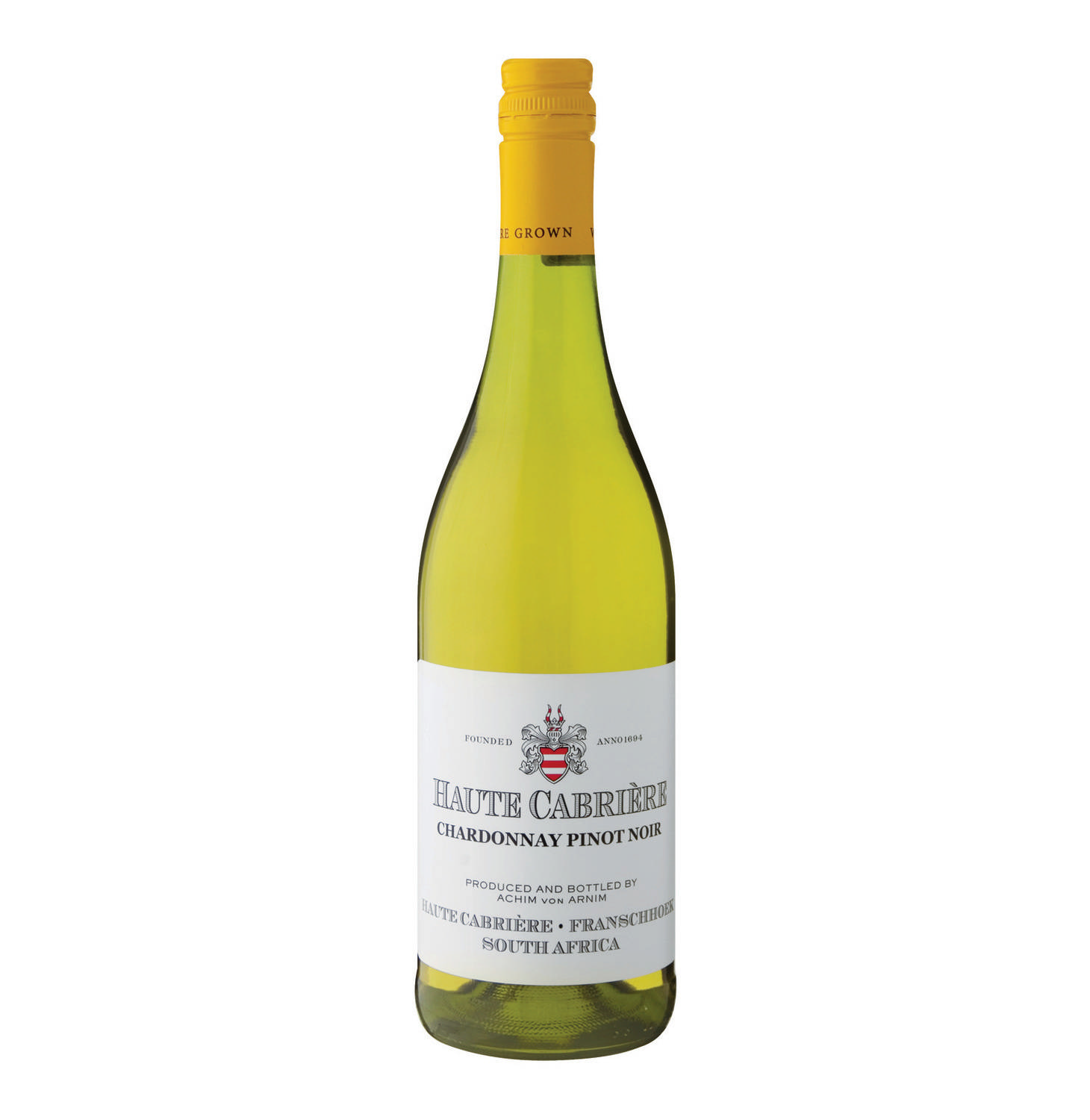Viognier

Viognier is a white wine grape. It is the only permitted grape for the French wine Condrieu in the Rhone valley. The origin of the Viognier grape is unknown. Viognier is presumed to be an ancient grape, possibly originating in Dalmatia (present day Croatia) and then brought to Rhône by the Romans.
One legend states that the Roman emperor Probus brought the vine to the region in 281 AD. Another legend has the grape packaged with Syrah on a cargo ship navigating the Rhone River en route to Beaujolais when it was captured near the site of present day Condrieu by a local group of outlaws known as culs de piaux.
The origin of the name Viognier is also obscure. The most common namesake is the French city of Vienne, which was a major Roman outpost. Another legend has it drawing its name from the Roman pronunciation of the via Gehennae, meaning the "Valley of Hell". Probably this is an allusion to the difficulty of growing the grape.
Viognier was once fairly common. In 1965, the grape was almost extinct when there were only eight acres in Northern Rhône producing just 1 900 liters of wine. The popularity and price of the wine have risen, and the number of plantings has increased. Rhône now has over 740 acres (3.0 km2) planted. In 2004, DNA profiling conducted at University of California, Davis showed the grape to be closely related to the Piedmont grape Freisa and to be a genetic cousin of Nebbiolo.
There are no products matching the selection.





